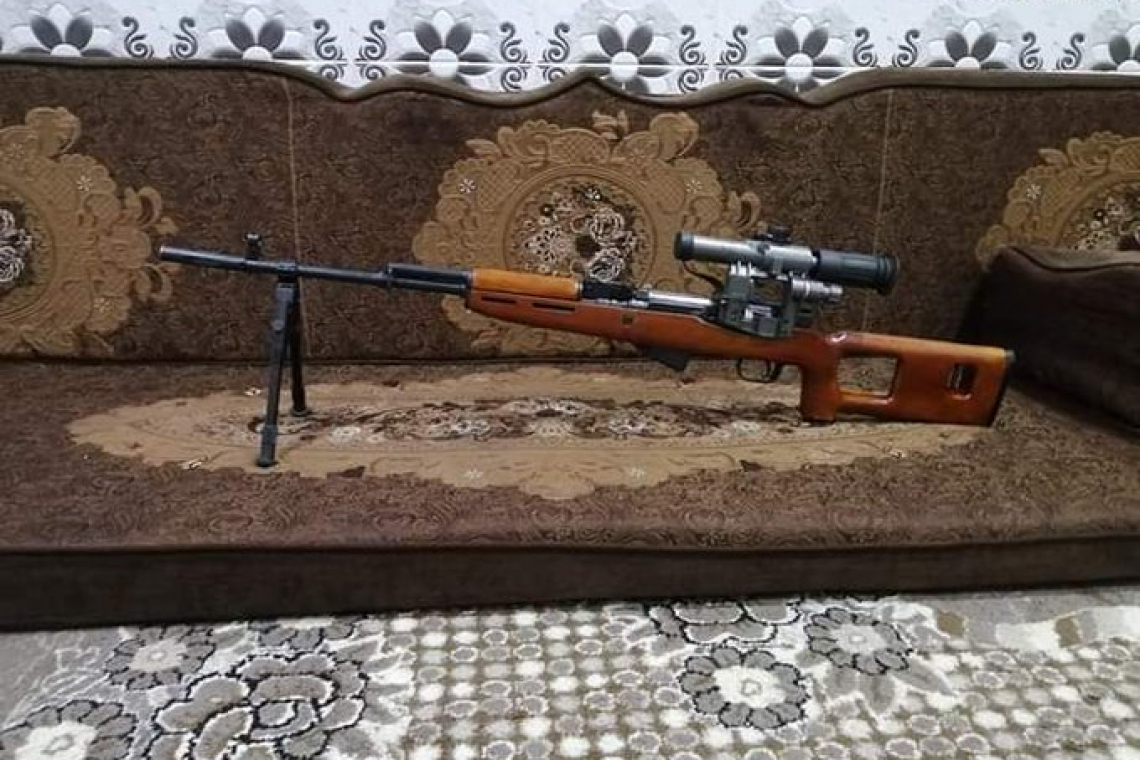Weapon is a good indicator of violent behavior. The variety of weapons used by radical terrorist groups is a good reflection of the ideological, social and cultural characteristics of both these groups and the communities that form the social base of the groups, as well as reflect the communication and trade ties of these communities.
Usually, local insurgent groups use weapons that are available in the sites of their operation, which can be provided with sufficient ammunition, repaired, and serviced at local businesses. Weapons should be cheap, reliable and quickly recoverable. Additionally, it must be a weapon that can be worn for a long time or carried on vehicles in the area. The difference between weapons shows the difference between the inherent tactics, ideologies and their origin.
It must be remembered that the weapons that terrorists show for propaganda purposes are, in most cases, radically different from the weapons they actually use in their daily activities.
The arsenal of terrorist groups and civilian weapons are different in genesis, structure, function, and composition, though they intersect and fill each other. Also, civilian weapons have a good reflection of the socio-cultural characteristics of local communities. Therefore, civilian weapons can serve as a "control group" for the comparative analysis of weapons of terrorist groups.
Typically, we see terrorist group’s weapons manufactured by local factories and workshops, which have been massively purchased by regional governments in previous years, and which are being supplied to smugglers in small numbers in conflict zones. If there are significant deviations from this distribution, this indicates problems about group identification (for example, it may be artificial, created, supplied and managed externally).
Thus, the analysis of weapons of radical terrorist groups is an interesting and useful task of social security, the analysis of violent behavior and the countering of terrorism.


